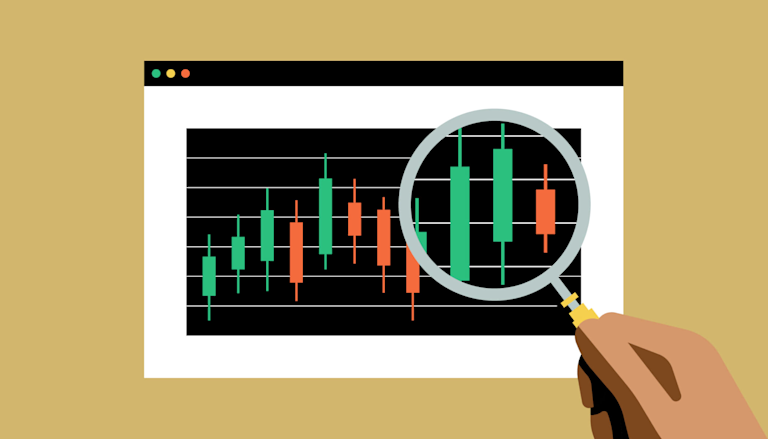
Effective Trading Crypto Strategies for Success
In today’s digital era, trading in cryptocurrencies has become a popular venture for many individuals. With a growing number of digital assets available and the constantly fluctuating markets, it’s imperative for traders to adopt effective strategies. In this article, we will delve into various trading crypto strategies that can help you navigate the complexities of cryptocurrency trading effectively. For deeper insights into crypto trading and related news, Trading Crypto Strategies click here.
Understanding the Basics of Cryptocurrency Trading
Before diving into advanced trading strategies, it’s essential to grasp the fundamental principles of cryptocurrency trading. The cryptocurrency market operates 24/7, providing ample opportunities for traders. However, it also means that prices can be highly volatile. Understanding key concepts like market capitalization, liquidity, and trading volume can equip you with the knowledge needed to make informed decisions.
Types of Trading Strategies
There are several trading strategies employed by crypto traders. Here are some popular ones:
- Day Trading: This involves making multiple trades within a single day, capitalizing on short-term price movements. Day traders need to be vigilant and often use advanced charting tools to monitor market trends.
- Swing Trading: Swing traders aim to capture price swings by holding positions for several days or weeks. This strategy requires a good understanding of market trends and technical analysis.
- Scalping: Scalping is a high-frequency trading strategy that seeks to profit from small price changes. Scalpers often make dozens or even hundreds of trades a day, which can be highly demanding.
- HODLing: A long-term strategy where investors buy and hold cryptocurrencies for an extended period, regardless of price volatility. This approach is based on the belief that the value of cryptocurrencies will increase significantly over time.
Technical Analysis in Crypto Trading
Technical analysis (TA) is crucial for crypto traders. It involves analyzing historical price charts and market data to predict future price movements. Some common tools and indicators used in TA include:
- Moving Averages: These smooth out price data to create a trend-following indicator. The two most common types are the Simple Moving Average (SMA) and the Exponential Moving Average (EMA).
- Relative Strength Index (RSI): This momentum oscillator measures the speed and change of price movements, indicating overbought or oversold conditions.
- Bollinger Bands: These consist of a middle band (SMA) and two outer bands that represent price volatility. Traders use these bands to identify potential reversal points.
- Candlestick Patterns: Traders analyze candlestick formations to gauge market sentiment and possible price movements. Patterns like Doji, Hammer, and Engulfing can provide valuable insights.

Fundamental Analysis for Crypto Trading
While technical analysis focuses on price movements, fundamental analysis (FA) examines the underlying value of a cryptocurrency. This includes studying factors such as:
- Technology and Use Case: Understanding what problem a cryptocurrency solves and its potential applications is vital in assessing its long-term value.
- Team and Development: A strong, experienced team can significantly impact the success of a cryptocurrency project. Traders should research the development team’s background and track record.
- Market Demand: The level of demand for a cryptocurrency can influence its price. Factors such as adoption rates and market sentiment play a critical role.
- Regulatory Environment: Legislation and regulatory frameworks surrounding cryptocurrencies can affect market conditions. Staying informed about changes is crucial for traders.
Risk Management in Crypto Trading
Trading cryptocurrencies comes with inherent risks. Implementing risk management strategies is essential to protect your capital. Here are some key practices:
- Setting Stop-Loss Orders: A stop-loss order automatically sells your asset when the price drops to a certain level, helping to minimize losses.
- Position Sizing: Determine the amount of capital you’re willing to risk on a single trade. A common guideline is to risk no more than 1-2% of your total trading capital on any one trade.
- Diversification: Spreading your investments across different cryptocurrencies can help reduce risk. This strategy allows you to mitigate losses if one asset underperforms.
- Emotional Discipline: Trading can be emotionally taxing. Establish a rational trading plan and stick to it, regardless of market fluctuations.
Staying Updated with Market Trends
The cryptocurrency market is constantly evolving. Staying informed about market news, trends, and technological advancements is crucial for successful trading. Consider following reputable news sources, joining trading communities, and utilizing social media to gather insights.
Conclusion
Trading crypto successfully requires a blend of strategies, analysis techniques, and risk management practices. Whether you choose to be a day trader, swing trader, or long-term investor, the key is to stay informed, flexible, and disciplined. By understanding and implementing various trading strategies, you can navigate the challenges of the crypto market and potentially achieve significant financial gains. Always remember, as with any investment, to do your own research and invest responsibly.

